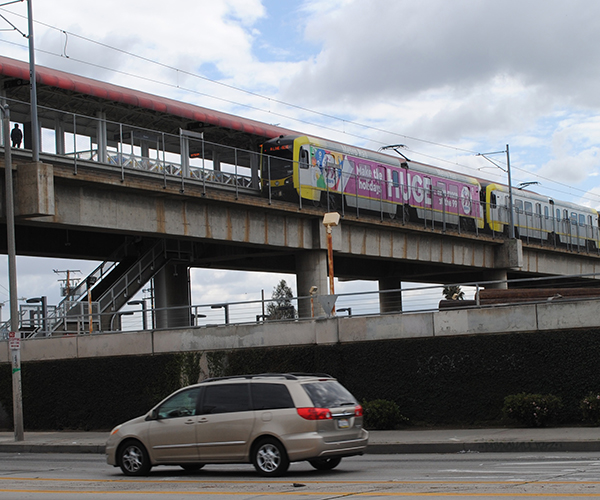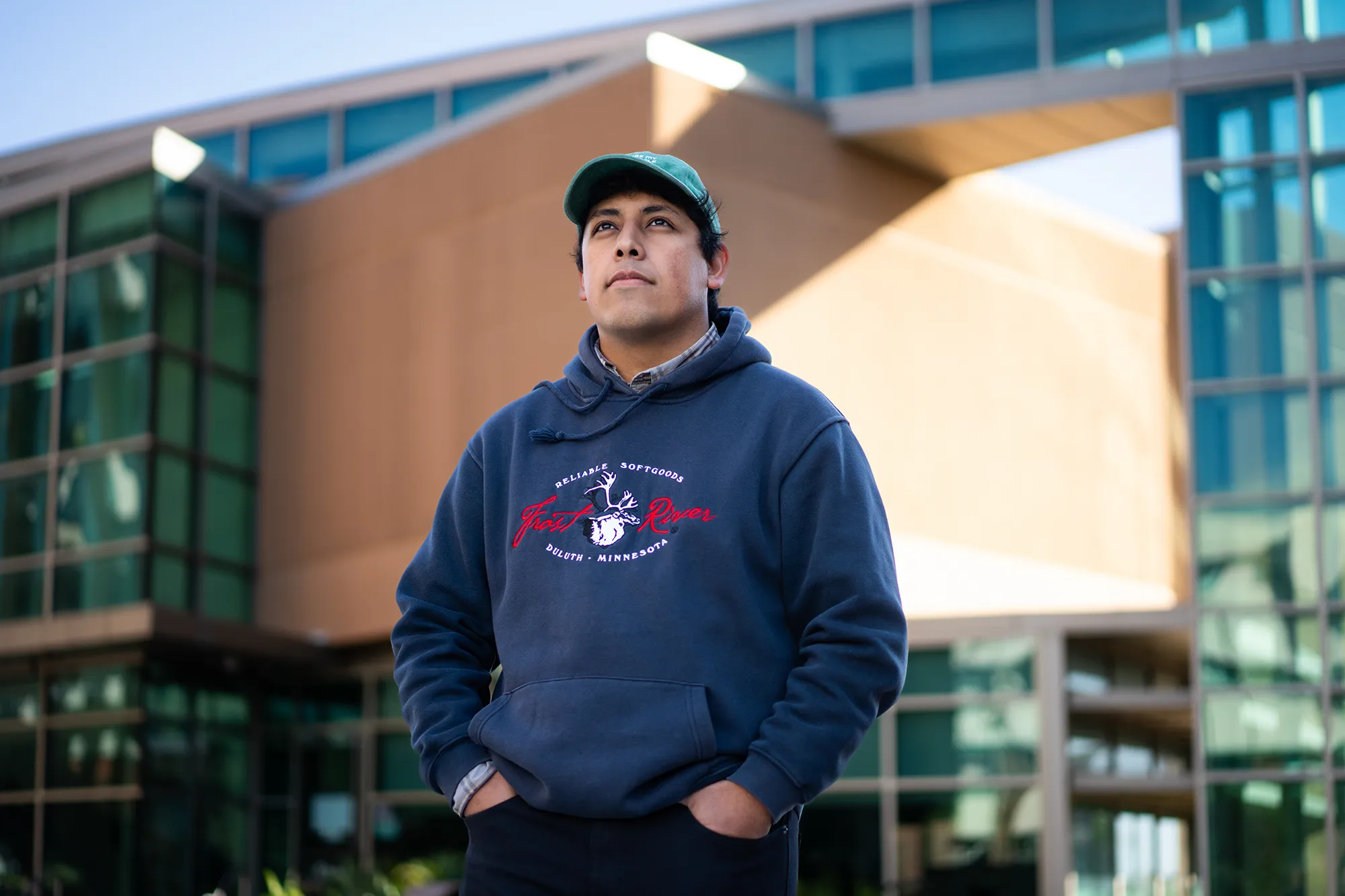By Alfredo Santana
Contributing Writer
LOS ANGELES — The Federal Transit Administration has approved a grant petition submitted by the Los Angeles County Metropolitan Transportation Authority to fund engineering and design costs of the West Santa Ana Branch light rail project’s initial 14.8 miles.
The agency, a subdivision of the U.S. Department of Transportation, accepted the MTA’s request after its board of directors voted unanimously to build the light rail train on January.
According to an MTA statement, an FTA grant approval is seen as a step to potential larger federal awards when the project advances from its development stage while the authority finishes reviewing an environmental impact process at year’s end, or early in 2023.
Only then would the FTA possibly agree to cover costs associated with the line’s engineering and design, both required to draw a more precise amount of the total construction expenses, including property purchases and utility relocation.
Before the light rail project was approved, a team of transportation experts and corridor planners, led by project director Meghna Khanna, estimated building the first 14.8 miles would cost the MTA between $4.9 and $5.1 billion.
County Supervisor and MTA Board Chair Hilda Solis described the FTA’s decision to fund the project’s engineering and design costs as a measure that will spur transportation equity for residents historically overlooked in the region.
“I am pleased and thankful to the Biden administration for advancing [our] West Santa Ana Branch project in the Federal Transit Administration’s new starts pipeline into the project development phase,” Solis said. “This is a critical step toward addressing disparities in communities across downtown and Southeast Los Angeles, whom I had the honor of representing on the Los Angeles County Board of Supervisors for seven years.”
Although an initial FTA funding figure was not revealed, the potential for federal money to back the project could be critical.
For example, U.S. Transportation Secretary Pete Buttigieg and FTA Administrator Nuria Fernandez announced in November a grant award of $158.1 million for the city of Phoenix to expand 1.6 miles of light rail construction on its Valley Metro network.
Both officials said funding for similar transit works could be drawn from the $1 billion bipartisan infrastructure law signed by President Joe Biden in November.
Buttigieg met with U.S. Rep. Linda Sanchez, D-Norwalk, and a delegation of Southland elected officials on a Zoom call earlier this year, who urged him to direct funds for cleaner and efficient public transportation projects like the WSAB corridor, with the goal to alleviate traffic congestions and increase affordable local ridership.
According to County Supervisor Janice Hahn, the MTA has saved $2 billion to cover construction expenses for the WSAB corridor, and Gov. Gavin Newsom has committed an additional $2 billion.
“This is a big moment for the West Santa Ana Branch project,” Hahn said. “I appreciate our federal [partners] for working quickly and acknowledging this project is a priority not just for L.A. County, but for our nation. Our Southeast L.A. communities deserve high quality transit, and this milestone gets us one step closer.”
Solis said that communities the rail line will serve from Artesia to downtown Los Angeles have long suffered from pollution and still lack sustainable mobile options.
“Once the West Santa Ana Branch comes to fruition, Southeast Los Angeles residents will finally have direct and quick access to downtown Los Angeles and the rest of the county, opening up access to more jobs, schools and housing,” Solis said.
The new light train would run through Artesia, Bellflower, Downey, South Gate, Bell, Huntington Park, Vernon and unincorporated Florence-Firestone, with the eventual completion of a one-seat ride to downtown Los Angeles.
The rail line will follow the tracks of the historic Pacific Electric West Santa Ana Branch corridor that used to link Orange County with central Los Angeles.
Funding the segment to link the Slauson Station to downtown Los Angeles, an extension with mixed aerial stretches, ground level railroads and tunnels, would raise the project’s total cost to $9.5 billion.
The overall cost is akin to each of the 10 million county residents paying $949 to finance the project.
MYA media relations representative Michael Chandler said the agency needs to figure the amount of money it would receive from the FTA for the starting jobs.
“We are happy for this,” Chandler said. “We appreciate this, but we definitely need to get deeper to find out a real money figure that would fund this project.”












